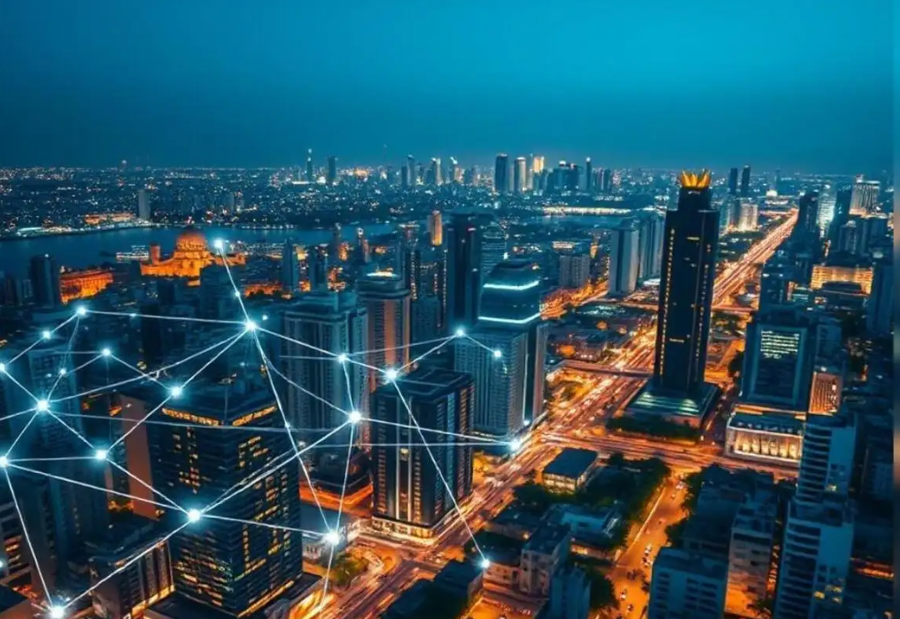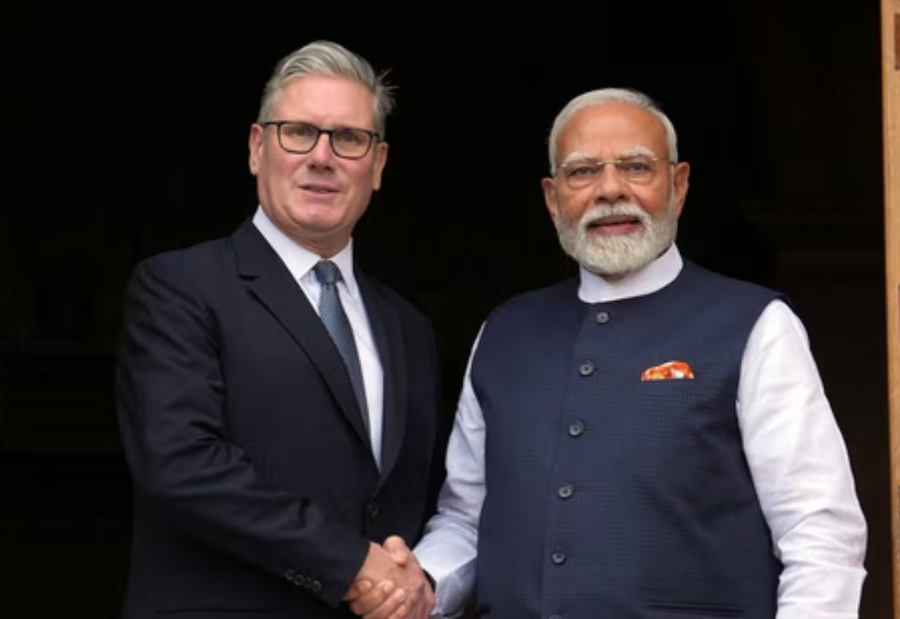India is on course to solidify its position as the world’s leading hub for Global Capability Centers (GCCs), with more than 2,100 centers projected by FY2028, according to a recent industry report by Vestian. The sector is anticipated to grow at a compound annual growth rate (CAGR) of 8%, with an estimated 150 new GCCs being established each year.
Mapping India’s GCC Growth Trajectory
As of 2025, India is home to nearly 1,700 GCCs—representing a massive 53% of the global total (out of approximately 3,200 worldwide). Tier-1 cities continue to dominate this landscape:
-
Bengaluru: 487 GCCs (29%)
-
Hyderabad: 273 GCCs (16%)
-
NCR (Delhi-Gurgaon-Noida): 272 GCCs
-
Mumbai: 12% of total
-
Pune: 11%
-
Chennai: 10%
These metro hubs are thriving thanks to robust infrastructure, a deep talent pool, and strong connectivity.
Tier-2 Cities on the Rise
While Tier-1 cities lead in numbers, Tier-2 cities are emerging as promising destinations for new GCC investments. The Union Budget 2025 has proposed a national framework to promote GCC expansion into these regions, fostering inclusive economic development.
Sector-Wise Distribution
The Vestian report also provides insights into sectoral contributions within India’s GCC ecosystem:
-
IT & ITeS: 49%
-
Banking, Financial Services & Insurance (BFSI): 17%
-
Others (Healthcare, Engineering, Consulting, Telecom, etc.): 19%
This diversification highlights India’s strategic value across a wide range of industries—from cutting-edge tech to global finance.
India’s GCC Advantage
Shrinivas Rao, CEO of Vestian, explains why India continues to lead:
“India’s top office markets offer a compelling value proposition—cost-efficient operations, a skilled workforce, world-class infrastructure, and forward-looking policies.”
He also stressed the importance of strategic planning:
“Vestian’s GCC Market Entry Index enables companies to select locations aligned with their long-term goals.”
What Are GCCs and Why Do They Matter?
Global Capability Centers (GCCs) are offshore hubs set up by multinational corporations to centralize functions such as IT, R&D, finance, HR, and analytics. Once viewed primarily as cost-saving units, today’s GCCs are innovation powerhouses, driving digital transformation and operational excellence.
India’s leadership in the space is driven by:
-
A large, tech-savvy talent pool
-
A strong academic and startup ecosystem
-
Proactive government support
-
Rapid infrastructure development in metros and beyond
Final Thoughts
With projections of over 2,100 GCCs by FY2028, India is clearly moving beyond its traditional back-office image. It is evolving into a strategic innovation hub, empowering global enterprises with cutting-edge capabilities and future-ready talent.
Also read: Viksit Workforce for a Viksit Bharat
Do Follow: The Mainstream formerly known as CIO News LinkedIn Account | The Mainstream formerly known as CIO News Facebook | The Mainstream formerly known as CIO News Youtube | The Mainstream formerly known as CIO News Twitter |The Mainstream formerly known as CIO News Whatsapp Channel | The Mainstream formerly known as CIO News Instagram
About us:
The Mainstream formerly known as CIO News is a premier platform dedicated to delivering latest news, updates, and insights from the tech industry. With its strong foundation of intellectual property and thought leadership, the platform is well-positioned to stay ahead of the curve and lead conversations about how technology shapes our world. From its early days as CIO News to its rebranding as The Mainstream on November 28, 2024, it has been expanding its global reach, targeting key markets in the Middle East & Africa, ASEAN, the USA, and the UK. The Mainstream is a vision to put technology at the center of every conversation, inspiring professionals and organizations to embrace the future of tech.




